I recently discovered this beautiful Ikonta 524/2 in a box at my parents’ house. At first I dismissed it, as I thought it would be too much hassle finding /re-spooling the right film. However, at a second glance, I was delighted to see that this 524/2 model takes 120 film, which is of course easily available. I decided to challenge myself to use the camera and find out if and how it worked. My expectations were not particularly high and I expected at least something to be broken or faulty. Turns out I was very wrong.
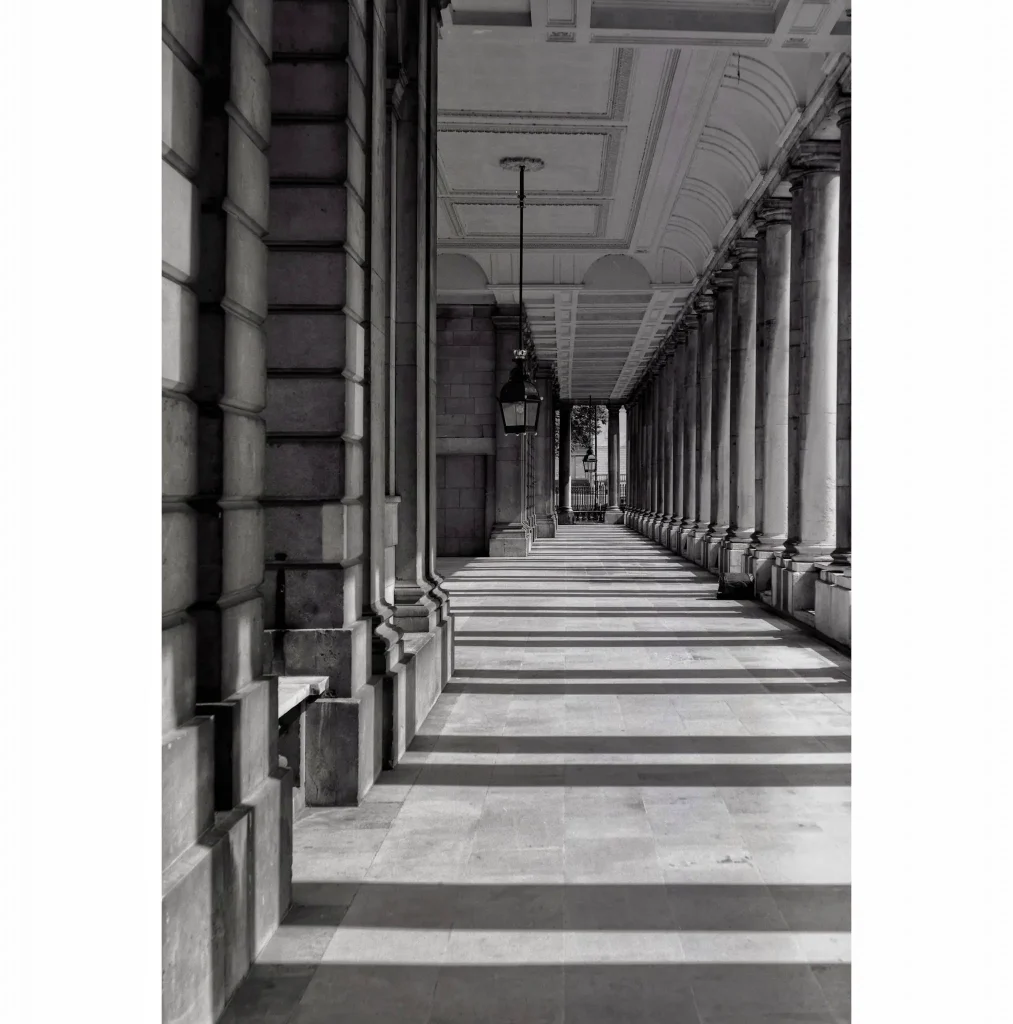
The Ikonta 524/2 was made in the early 1950s. It’s a folding, medium format camera that shoots a 6×9 negative. This means you get a whole 8 photos per 120 film. When collapsed, the camera is surprisingly portable and will even fit into a (large) pocket so I guess it definitely qualifies as compact, at least by medium format camera standards.
This Ikonta 524/2 has a 105 f3.5 Novar lens (apparently slightly inferior to the Telar lenses used on the same camera) with a maximum shutter speed of 1/250. The viewfinder is not exactly large and you do get quite a bit of the extended bellows in your field of view. There are also no parallax correction indications or other guides, which needs to be considered when framing close subjects.
There is an uncoupled split screen rangefinder which uses a second, tiny finder to the main viewfinder. It’s quite small and takes a bit of practice to get the hang of. Also, in low light it becomes very hard to use. The fact that the rangefinder is not coupled means that you need to set the distance in the finder, then read the value off the dial on the top and set the same value on the lens itself. This is obviously very important and something I did not realise until after the first few shots. Needless to say those were not exactly in focus. Despite its limitations, I find having any rangefinder makes using the Ikonta 524/2 much more practical than measuring/guessing distances.
The camera also has a very fancy, cutting edge, double exposure protection – a little field turns red after the film has been wound on a bit (not however the full amount necessary for a frame). There are 2 shutter releases, one on the body, and one at the front of the lens. The one on the body will not fire unless the film has been wound on – if using the release on the lens itself it doesn’t make a difference.
Winding on the film does require some care and attention and on the first roll of film I did end up with some overlapping edges and accidental double exposures. After becoming more aware of this and giving it the necessary attention, I have not had any more problems.
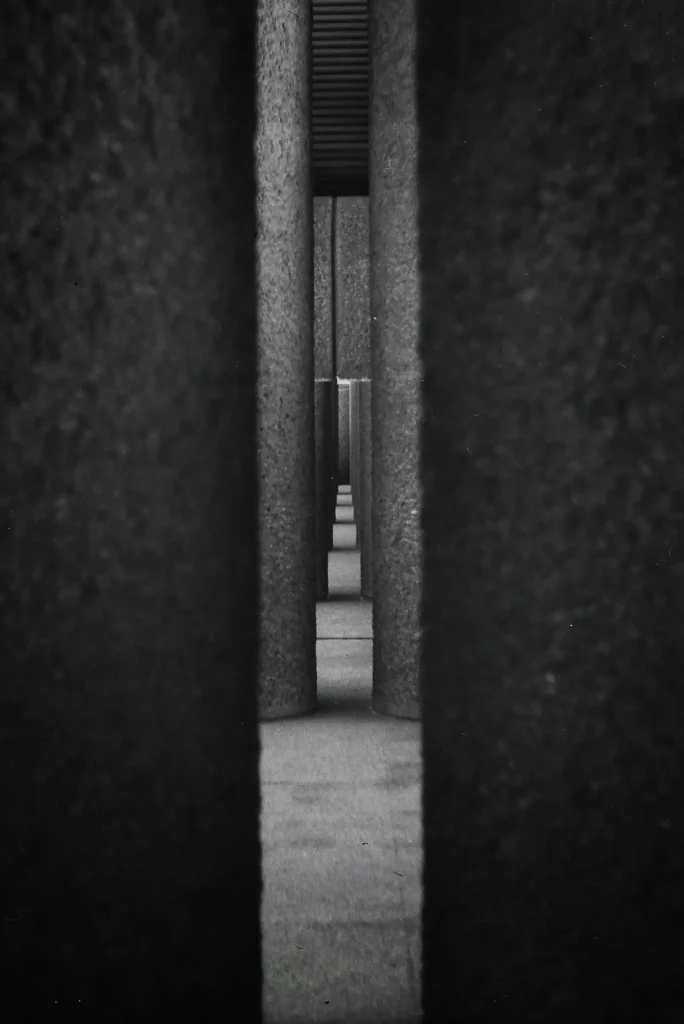
This is hardly a point & shoot camera. The process for taking a photo looks something like this:
- Roughly frame image
- Measure light with external meter
- Set aperture and exposure to your liking
- Frame image through main viewfinder
- Use rangefinder to measure distance of subject and read the value off the dial– again, the rangefinder is not coupled to the lens.
- Set the focus on the lens using the number indicated on the range dial e.g. 1.5m
- Cock the shutter release
- Frame again
- Release the shutter to take the picture
- Wind on the film using the red window on the back to see when the next number appears on the film.
Though this process seems fairly arduous, it’s surprising how quickly you get used to it, and if you pre-set your focus, aperture and shutter speed, I’ve found it can even be used for street shots, though it would not be my first choice.
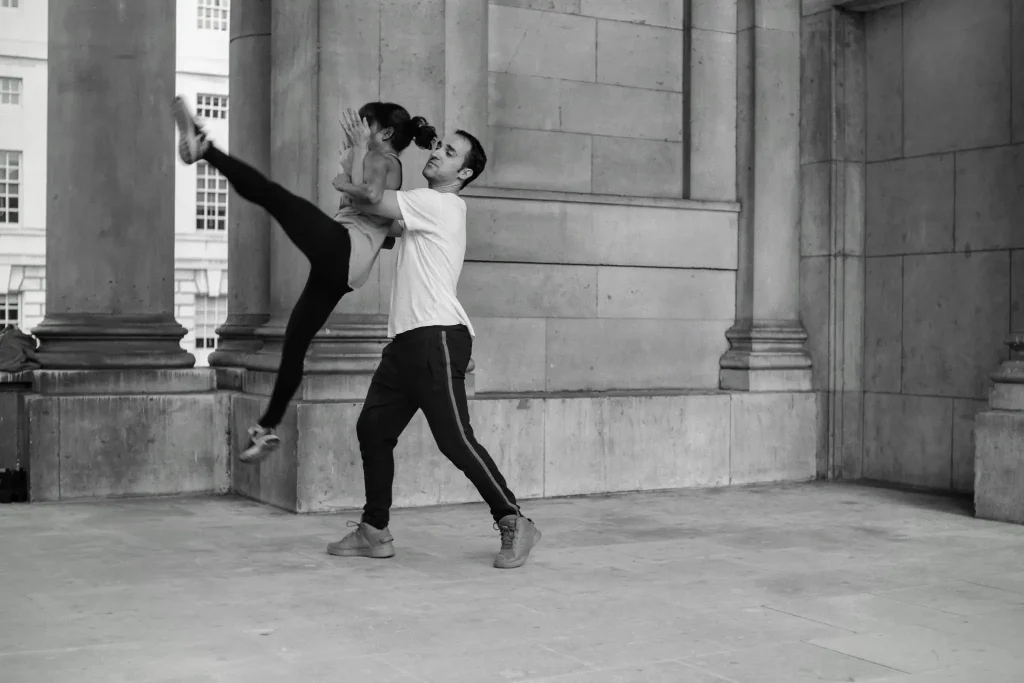
Where I think this camera really shines is in the way it forces you to make some serious decisions about which pictures to take and allowing the time to make sure they are set up correctly. Remember, you only get 8 shots per roll.
I tested the camera with a roll to make sure it still worked and the bellows didn’t leak any light (a common problem with these cameras) and was delighted to see the first film come out with no issues. In fact the test shots looked so nice, that I decided to actually put the camera to work. I took it with me to a photo shoot I did with a singer songwriter from London called Jaya (I’ve written more about that here). She loved the idea of incorporating an “ancient” camera into the photoshoot and the results were great.
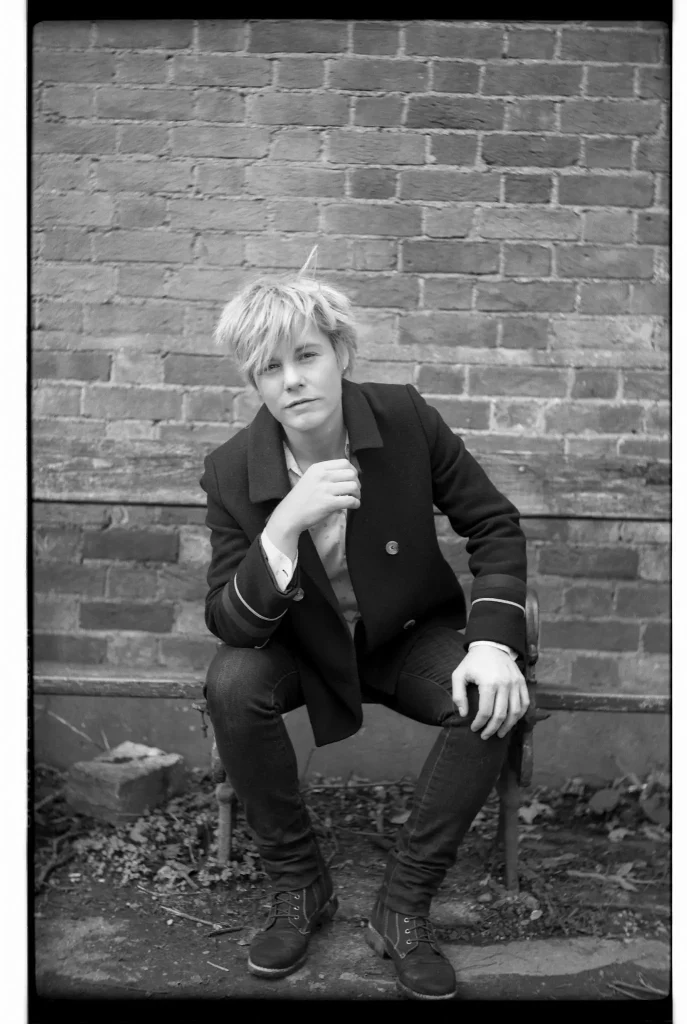
I love the look and feel of the images. I also think that introducing an interesting camera like this really helped to change up the shoot and make it more unique. Using the Ikonta 524/2 requires a bit more care in setting up the shot, and providing more guidance on posing than when using digital or even 35mm. Again, I think this helps to create a different look and the possibility of some quite unique shots. The closest focus distance is also 1.5 meters for the Ikonta. This forces you to think about ways of incorporating more of the subjects body and surroundings, instead of just getting close, framing head and shoulders, and blowing out the background with a fast lens.
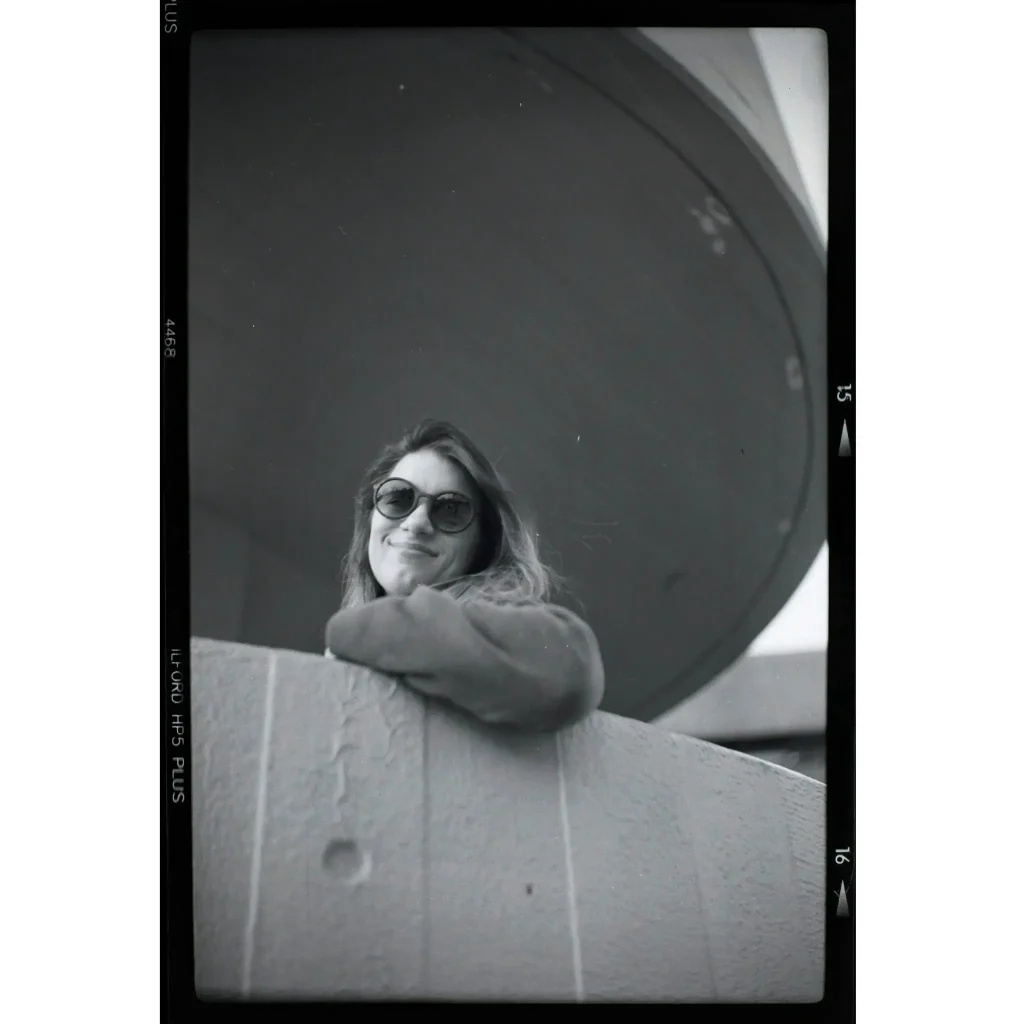
The results look very clean and sharp, with a lovely background blur when the aperture is wide open. People talk about the “medium format look” sometimes, and I’m never quite sure what they mean. However, these images do certainly have their own distinct “vibe”. The 6×9 negatives also have a huge amount of detail in them, so much so that I have not yet been able to fully reflect this in the digitalisation process. I have, however made some 12×16 prints of these in the darkroom and I am extremely happy with the results. The prints are crisp and full of detail but still have a certain vintage, dreamy feel to them.
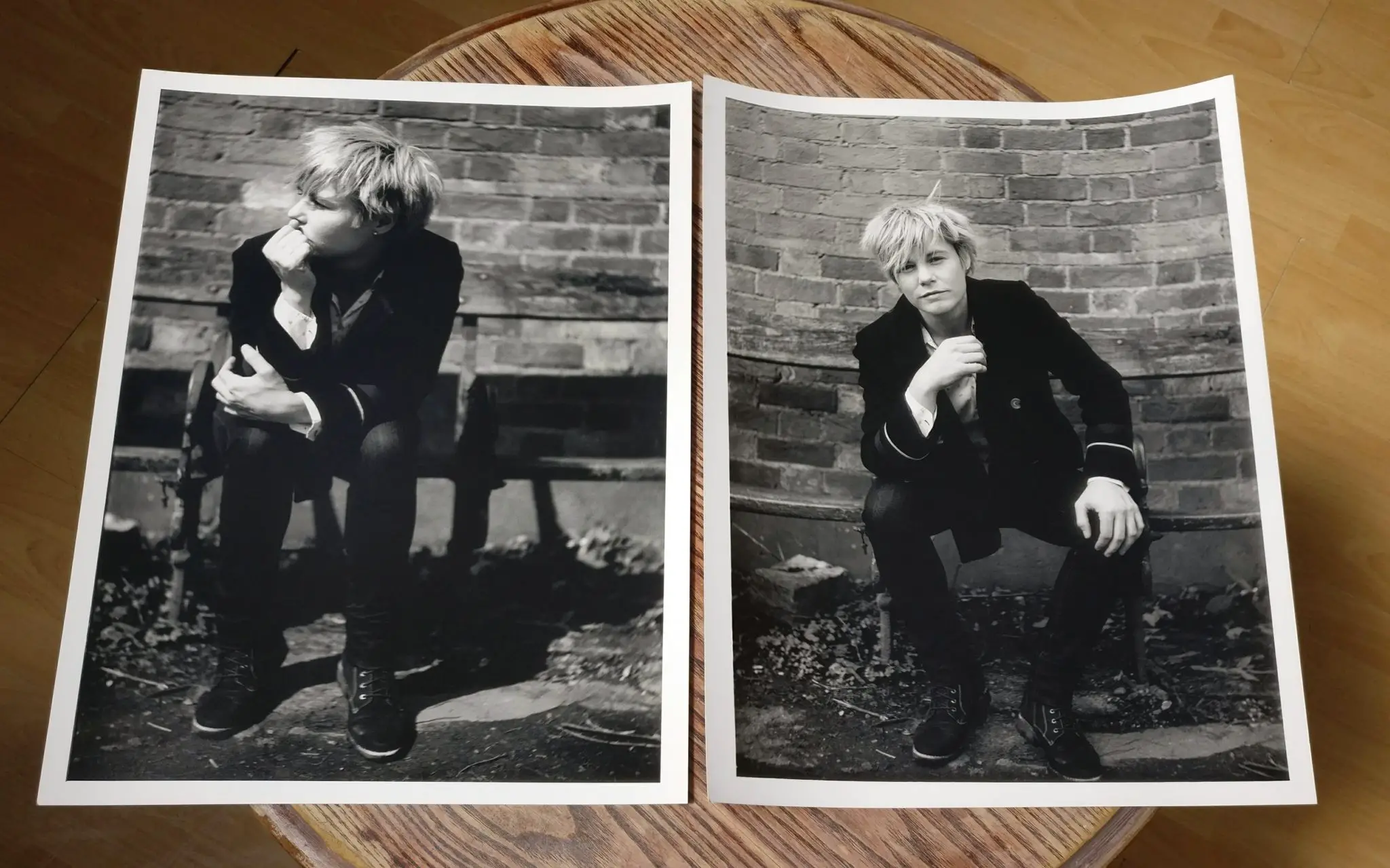
Using this camera also inspired me to get back to developing my own film, in homage to the great pioneers of photography. To be honest it was probably more the realisation that by the time I had paid for someone else to develop and scan the film, the cost per photo would be about £2.50.
To sum up, using this camera has been a highly rewarding process, with quite a steep learning curve (you learn best from your mistakes) but also some very quick and satisfying results.
I have gone from just hoping that the camera still works and using it as a learning opportunity, to actively thinking about ways to use it more deliberately going forward.
Share this post:
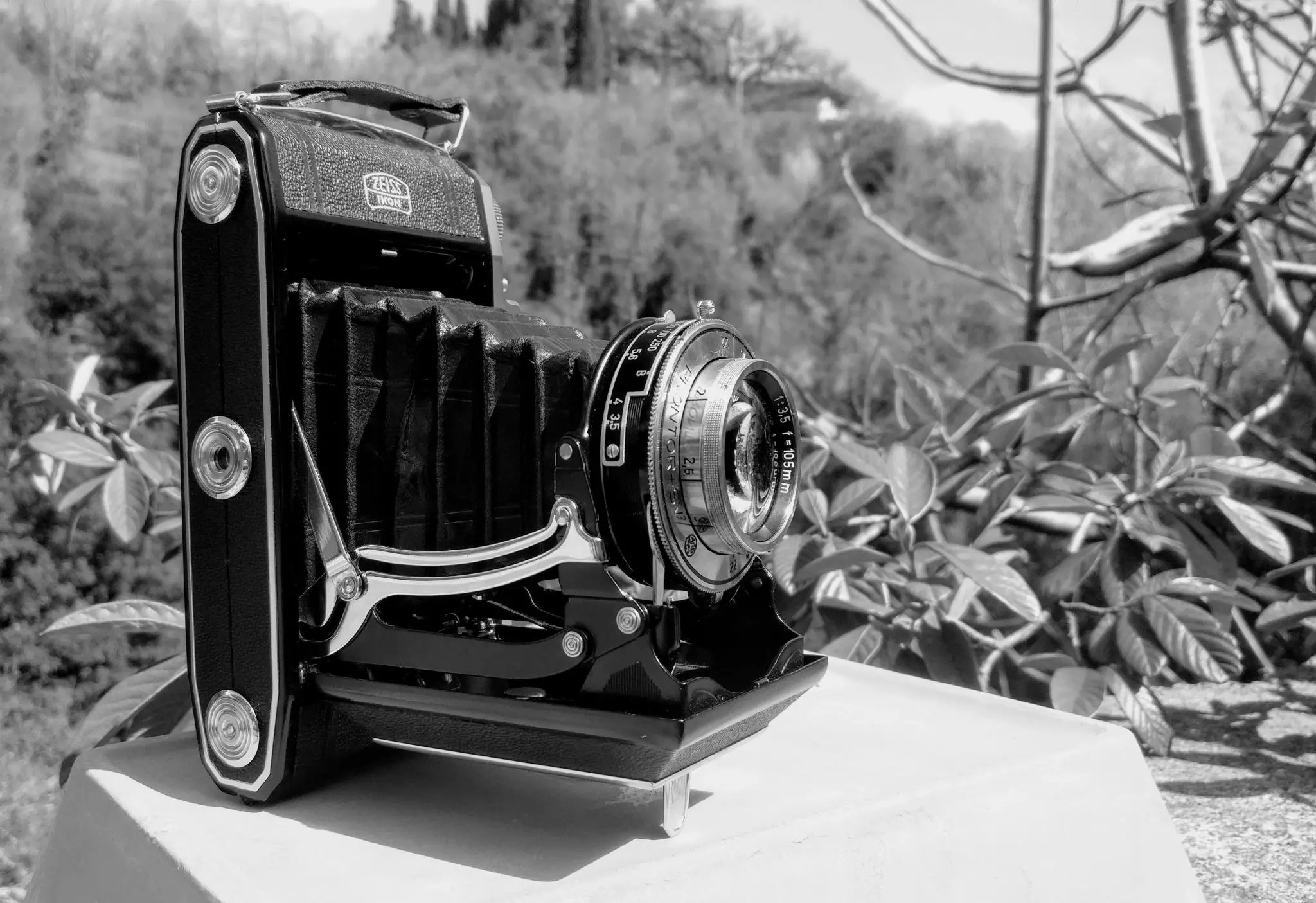








Comments
Michael Kay on Zeiss Ikonta 524/2 review – Slow the working down – By Oliver Clarke
Comment posted: 30/06/2018
I also have a Super Ikonta 531A which gets 16 images on a role and has the Tessar lens. Both these camera will produce high quality images which can be printed to 12" x 18" (12" x 16" for the 6/4.5) at exhibition quality. The fact that my 531A is 80 years old and still works perfectly, as does my 524/2, just shows how things were made back then!
Good luck with your Zeiss!
Comment posted: 30/06/2018
Comment posted: 30/06/2018
Comment posted: 30/06/2018
Comment posted: 30/06/2018
Terry B on Zeiss Ikonta 524/2 review – Slow the working down – By Oliver Clarke
Comment posted: 30/06/2018
With just 8 exposures per roll, It certainly forces you to really think about your subject before pressing the button! I wouldn't be too concerned at the supposed inferiority of the 3 element Novar to the Tessar; by f8 you'd probably be hard pushed to notice the difference with b/w film, but the Tessar will be better with colour negative film as it has better colour correction.
With a properly set up lens for accurate focusing and a correctly adjusted rangefinder I would expect you to be able to bag loads of detail. For best results, though, try a roll with a tripod as I believe you could be amazed. This will slow you down even more, but I don't think it is really appreciated by many just how much of a difference it can make to getting the best out of any lens.
You are probably aware that Zeiss' top models were the Super Ikontas with coupled rangefinders. I don't have one with 8-on (this role is delegated to an Ensign Selfix 820 Special) but the baby versions are more economical, taking 16 shots per roll, are real beauties and a delight to use. Their much smaller size makes them more comfortable to hold in either portrait or landscape mode, but with their double red windows you need your wits about you, none of the automatic functions of 35mm or digital. One needs to adopt a routine. Mine was to wind on immediately, but only cock the shutter just before taking the next picture.
Comment posted: 30/06/2018
Comment posted: 30/06/2018
Comment posted: 30/06/2018
Michael Kay on Zeiss Ikonta 524/2 review – Slow the working down – By Oliver Clarke
Comment posted: 30/06/2018
Dale Willetts on Zeiss Ikonta 524/2 review – Slow the working down – By Oliver Clarke
Comment posted: 30/06/2018
Comment posted: 30/06/2018
Mauro Pastore on Zeiss Ikonta 524/2 review – Slow the working down – By Oliver Clarke
Comment posted: 30/06/2018
Thanks Oliver.
Comment posted: 30/06/2018
Reinhold Graf on Zeiss Ikonta 524/2 review – Slow the working down – By Oliver Clarke
Comment posted: 30/06/2018
Comment posted: 30/06/2018
Comment posted: 30/06/2018
Comment posted: 30/06/2018
Comment posted: 30/06/2018
Comment posted: 30/06/2018
Jim Grey on Zeiss Ikonta 524/2 review – Slow the working down – By Oliver Clarke
Comment posted: 30/06/2018
Comment posted: 30/06/2018
jeremy north on Zeiss Ikonta 524/2 review – Slow the working down – By Oliver Clarke
Comment posted: 30/06/2018
I like your style of photography too with good simple composition. Superb.
Comment posted: 30/06/2018
Robert_ on Zeiss Ikonta 524/2 review – Slow the working down – By Oliver Clarke
Comment posted: 30/06/2018
Comment posted: 30/06/2018
Ken Hindle-May on Zeiss Ikonta 524/2 review – Slow the working down – By Oliver Clarke
Comment posted: 02/07/2018
Comment posted: 02/07/2018
Sergio on Zeiss Ikonta 524/2 review – Slow the working down – By Oliver Clarke
Comment posted: 02/07/2018
In your pocket. On an Icelandic volcano or in the streets of Milan. And - for just a fistful of dollars.
Nick Lyle on Zeiss Ikonta 524/2 review – Slow the working down – By Oliver Clarke
Comment posted: 07/07/2018
I use folders from Zeiss Ikon, Voigtlander, Franka, Ansco/Agfa, Photak and Graflex. The very best lenses are the Voigtlander Color Skopars from the 1950s. The Tessars and Tessar-copies are quite good, but don't assume that the triplets, like the Zeiss Novars and Voigtlander Voigtars, are not as good. These old three-part lenses sometimes have a special quality of their own, which in some instances makes them equal to any lens. This is sometimes even true for color film. I have an Ikoflex TLR with a Novar that produces some of the most lovely color rendering of any lens I own. The Voigtar Triplet on my 1938 Voigtlander Bessa 66 is also superb. You can see examples if you look through the albums here: https://www.flickr.com/photos/51834204@N07
(A few more than) 5 frames with a Zeiss Ikonta B 522/24 - by Sergio Palazzi - 35mmc on Zeiss Ikonta 524/2 review – Slow the working down – By Oliver Clarke
Comment posted: 06/08/2018
David Murray on Zeiss Ikonta 524/2 review – Slow the working down – By Oliver Clarke
Comment posted: 17/09/2018
Now the Novartis lens: from the inception of the Rolleicord in 1933, this camera sported the 3 element Novartis lens. Rolleicord owners got decent results from the lens but, compared with the Rolleiflex Tessar lens, differences can clearly be seen.
However, the Rolleicord (pre IV) and its Novar lens have recently been ‘discovered’ by portraitists who have realised that this lens gives a certain something to portraits that is seemingly difficult to find with other lenses, especially in mono work. That’s why Rolleicord pre model IV are now being sought out and snappped up. It’s that good. The Rolleicord IV and V have the Schneider Xenarthra lens which gives an altogether different result similar to the Tessar. The f2.8 Planars are a different proposition.
Toby Madrigal on Zeiss Ikonta 524/2 review – Slow the working down – By Oliver Clarke
Comment posted: 23/12/2018
Recommended reading : Down the Road on Zeiss Ikonta 524/2 review – Slow the working down – By Oliver Clarke
Comment posted: 05/03/2020
Lee Stirling on Zeiss Ikonta 524/2 review – Slow the working down – By Oliver Clarke
Comment posted: 06/04/2020
James Stratakos on Zeiss Ikonta 524/2 review – Slow the working down – By Oliver Clarke
Comment posted: 29/05/2023
David Murray on Zeiss Ikonta 524/2 review – Slow the working down – By Oliver Clarke
Comment posted: 05/09/2023
I acquired an Ensign Selfix 820 Special, circa 1953. It gives 6 X 6 and 6 X 9. The mask for 6 X 6 comprises two folding bits of metal that are folded into position before the film is loaded. A lever adjacent to the viewfinder reduces the view to a square format. At the rear, the centre red window, sliding metal cover reads 12 for 6 X 6 and the one nearer the edge is engrave 8 for 6 X 9. It’s a very heavy camera. Heavier than the Zeiss I have.
Beautiful leather case and strap. Body release. Double exposure prevention. Uncoupled rangefinder that I don’t use - just estimate and keep lens well stopped down.
Price new in 1953: £27.15/-. Bought 2023 for £99 £11.50 carriage. A superb bit of kit.